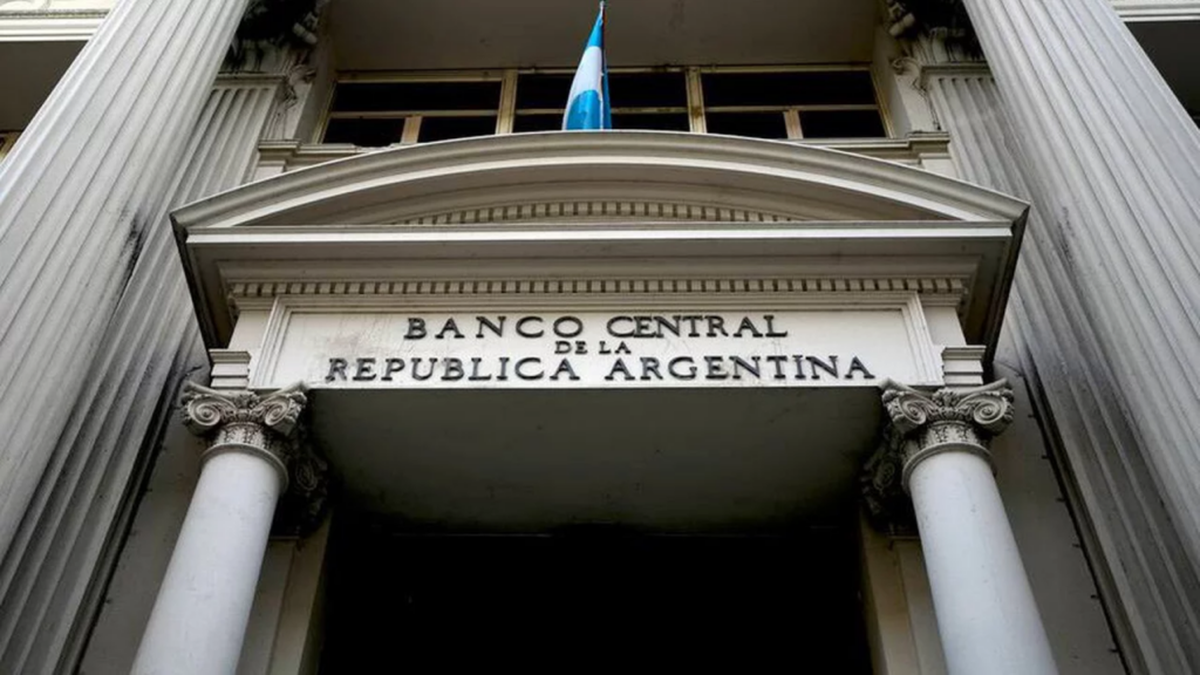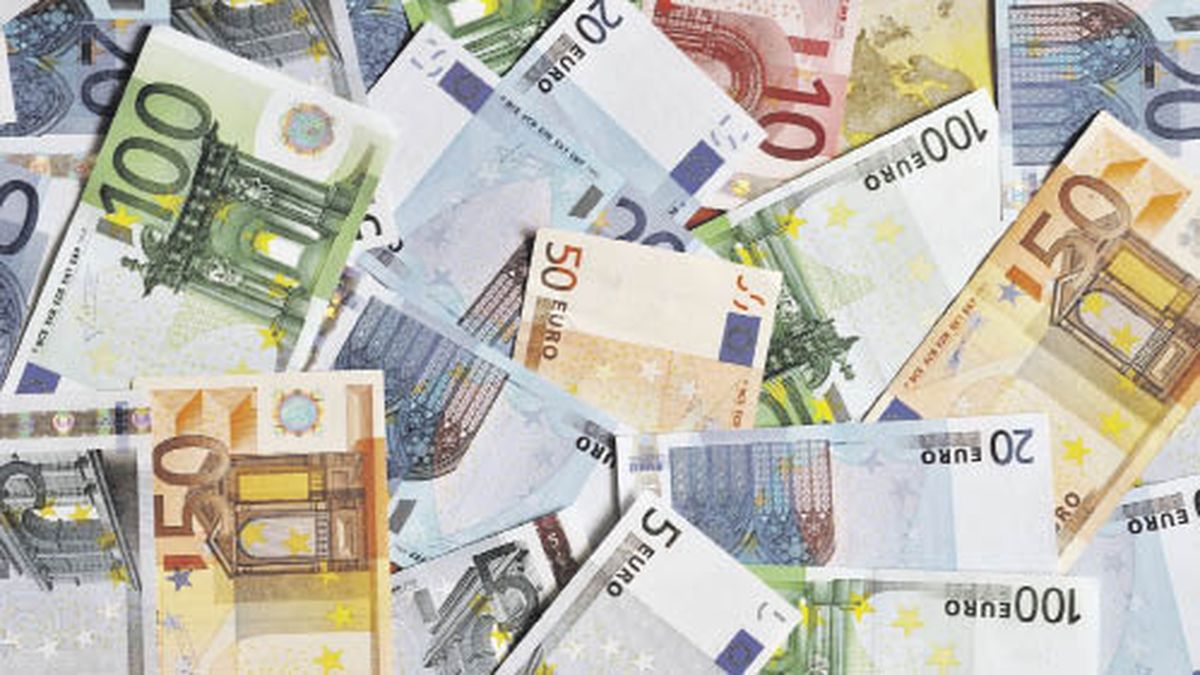I have been working in the news industry for over 6 years, first as a reporter and now as an editor. I have covered politics extensively, and my work has appeared in major newspapers and online news outlets around the world. In addition to my writing, I also contribute regularly to 24 Hours World.
Menu
Summer Games in Munich: Olympia 1972: magic, horror and double failure
Categories
Most Read
Jordi Alba announced his retirement and Lionel Messi loses another historic partner at Inter Miami
October 7, 2025
No Comments
Carlos Delfino, one of the referents of Argentine basketball, announced his retirement at 43
October 7, 2025
No Comments
FIFA published the unusual falsification of documents of Argentine footballers to play in Malaysia
October 7, 2025
No Comments
LeBron James said he will give an important announcement: Is it withdrawn from the NBA?
October 7, 2025
No Comments
Basketball: NBA star James: PR scherz instead of the future decision
October 7, 2025
No Comments
Latest Posts

Dollar today: how much it traded at this Tuesday, October 7
October 7, 2025
No Comments
October 7, 2025 – 19:07 Find out how much the official dollar, blue, the MEP dollar and the CCL are trading at. He official dollar

Euro today and Euro blue today: how much they closed at this Tuesday, October 7
October 7, 2025
No Comments
October 7, 2025 – 19:02 Look at how much the official euro and the blue euro are trading at. He euro today -without taxes- operated

Champions League: Bayern women experience debacle in Barcelona
October 7, 2025
No Comments
PierceI am Pierce Boyd, a driven and ambitious professional working in the news industry. I have been writing for 24 Hours Worlds for over five
24 Hours Worlds is a comprehensive source of instant world current affairs, offering up-to-the-minute coverage of breaking news and events from around the globe. With a team of experienced journalists and experts on hand 24/7.

